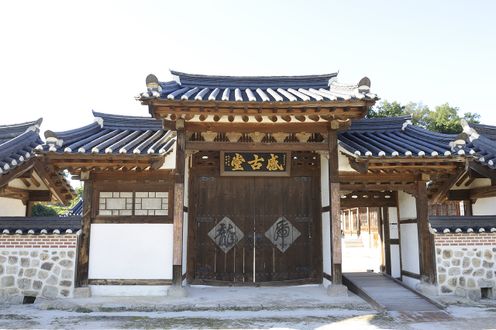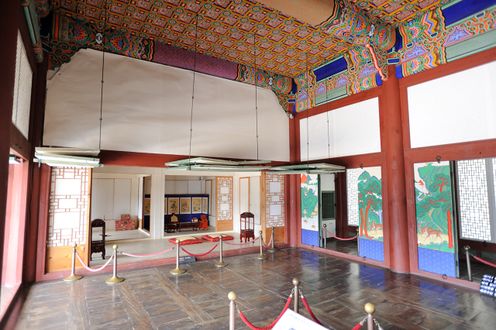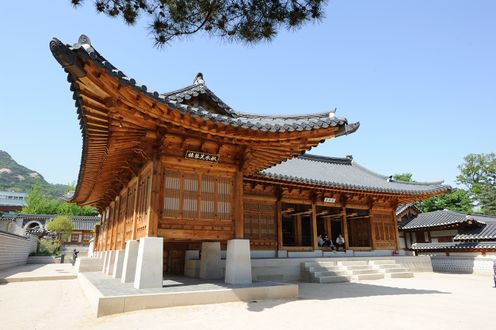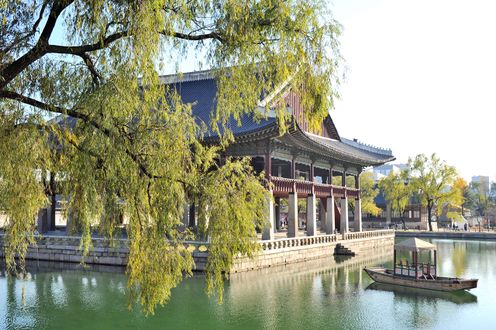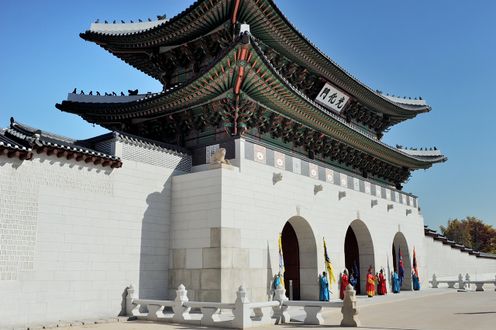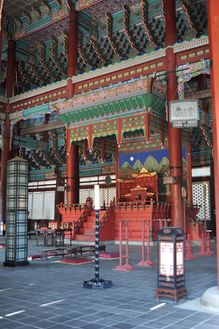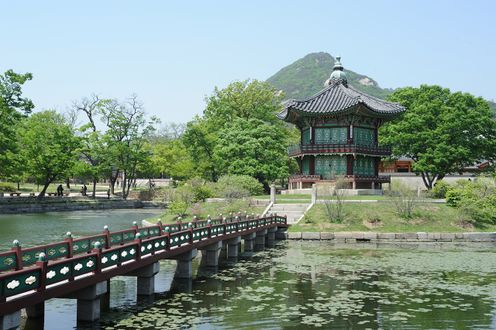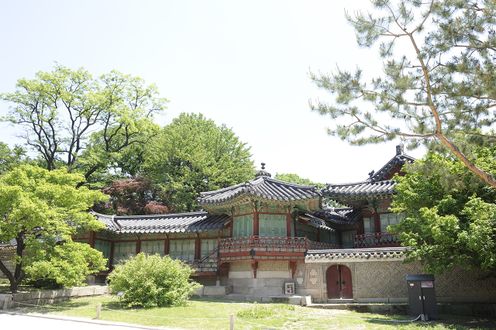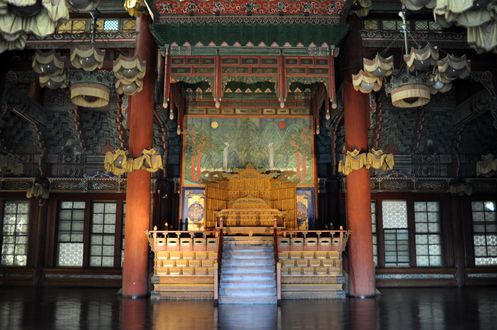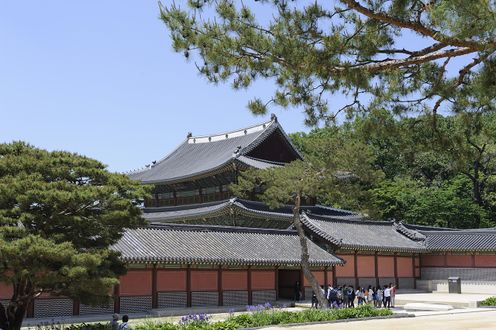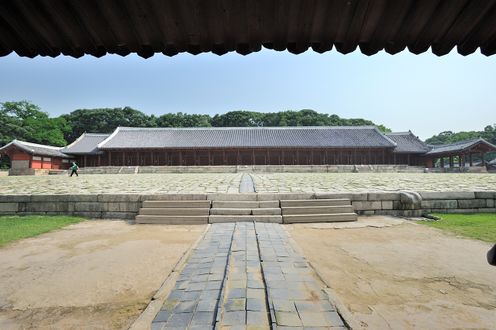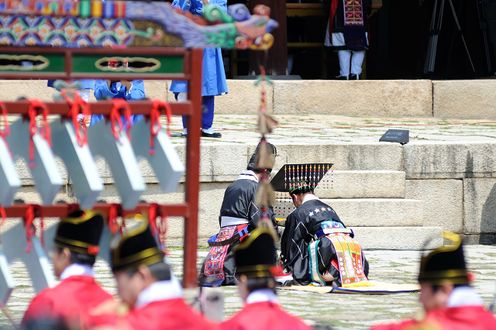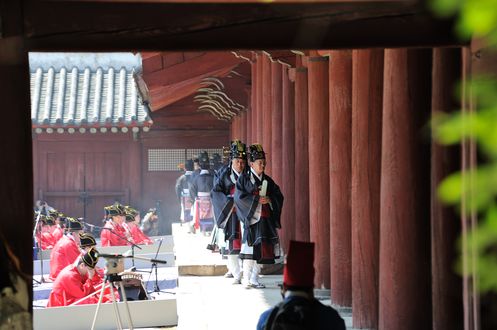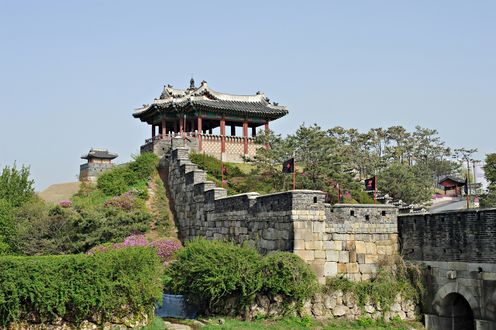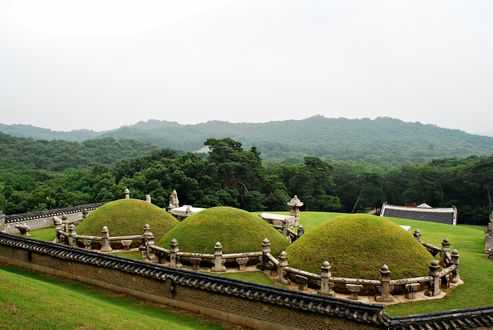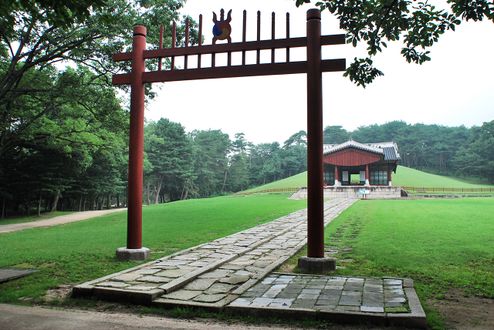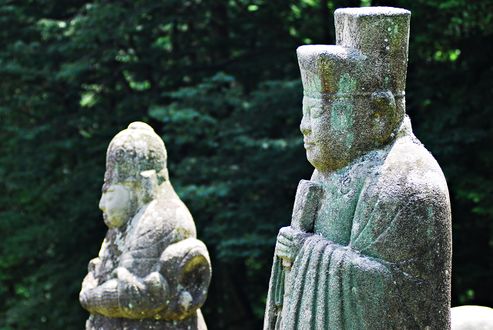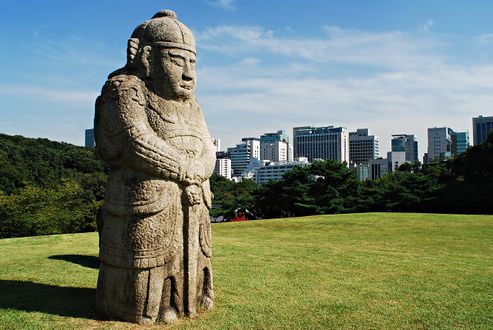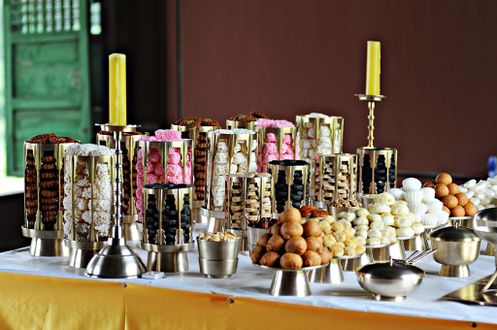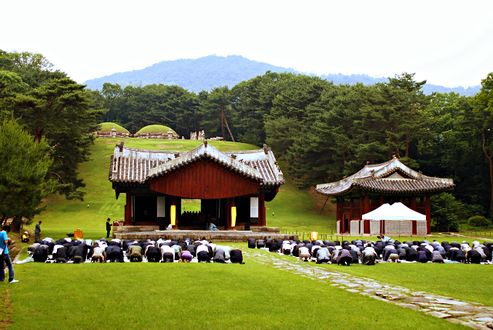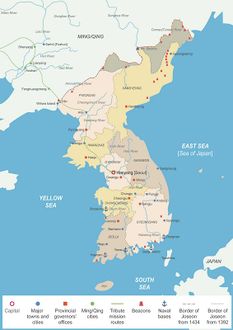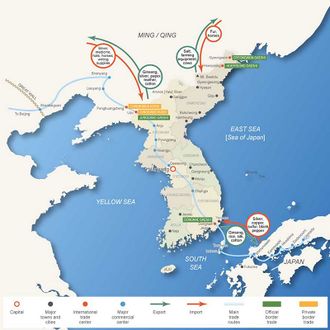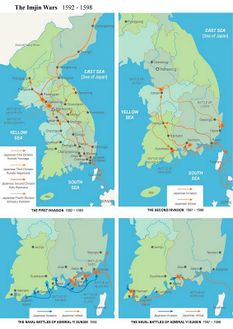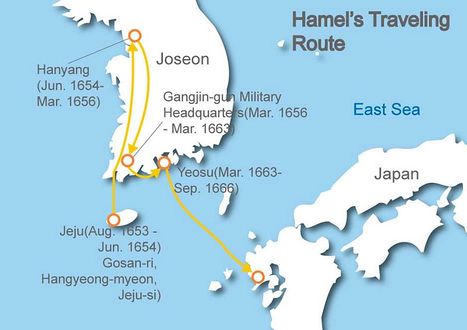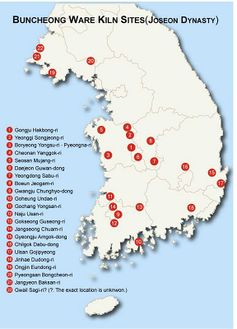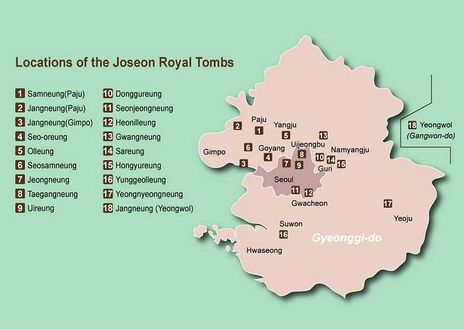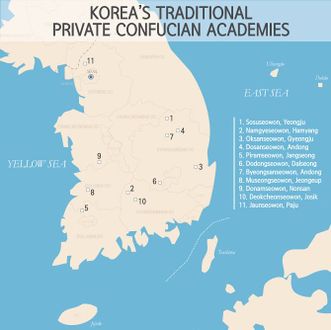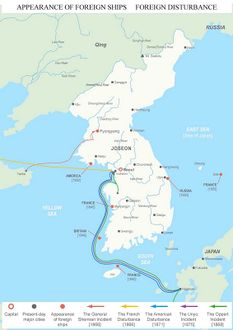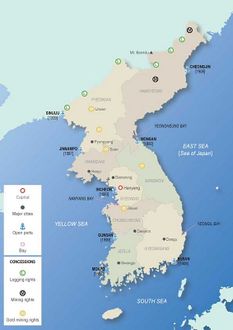The Country of the Eastern Noblemen - Joseon
The Joseon Dynasty was founded in 1392 and lasted for over five centuries. Its founder, Yi Seong-gye, later known as King Taejo, was a successful military commander of Goryeo who overtook and renamed the dynasty, which had fallen into decline due to invasions and questions of legitimacy. As king, he moved the capital to Hanyang, the center of present-day Seoul, building a city wall, multiple palaces, and government offices. Joseon’s fourth king, Sejong, patronized innovations in the areas of law, taxes, science, music, education, and agriculture, most famously ordering the creation of a phonetic alphabet for the Korean language which facilitated the promulgation of Confucian doctrines and practical knowledge to commoners. In the late 15th and mid-16th centuries, Joseon underwent multiple literati purges and factionalism. In 1592, and again in 1597, Joseon was invaded by Japan in what is referred to as the Imjin War. It was during this invasion that Admiral Yi Sun-sin “led a series of brilliant naval maneuvers against the Japanese, deploying turtle ships, which are believed to be the world's first ironclad battleships.” The invasion was ultimately unsuccessful, with the Japanese finally retreating in 1598, however extensive destruction and theft of important documents, artwork, and architecture, as well as loss of life and starvation, was damaging to the country. In the following century, in 1627 and 1637, Joseon was also invaded by the Manchu Qing dynasty.
"In the latter half of the Joseon era, government administration and the upper classes came to be marked by recurring factionalism. To rectify the undesirable political situation, King Yeongjo (r. 1724-1776) eventually adopted a policy of impartiality. He was thus able to strengthen the royal authority and achieve political stability. King Jeongjo (r. 1776-1800) maintained the policy of impartiality and set up a royal library (Gyujanggak) to preserve royal documents and pursue political and cultural reforms. This period witnessed the blossoming of Silhak, a new trend of practical and ethnic-oriented academic study. A number of outstanding scholars wrote progressive works recommending agricultural and industrial reforms, but few of their ideas were adopted by the government.”
In the late 19th century, isolationist Joseon experienced international pressures from the West and Japan to open its ports, with Japan forcing an unfair treaty in 1876. In the 1890s, Joseon experienced internal conflict, such as the Donghak Peasant Movement (1894), while also experiencing further pressure from Japan, culminating in Japan’s assassination of Queen Min. It was amidst this strife that King Gojong sought to strengthen the dynasty by renaming it into the Korean Empire in 1897 and initiating reforms, but its forced annexation in 1910 by the Japanese brought the dynasty to an end.
Joseon was founded on Neo-Confucian principles, and the practice of Buddhism, along with shamanism, was officially discouraged, although still widely practiced. The central government consisted of the state counsel, six ministries, royal secretariat, and three censorates. One had to pass the civil service exam to be qualified to hold important government positions and be promoted. Korean society was highly stratified, with the royal family, the aristocratic yangban class, the jungin middle class, the commoner sangin class, and the cheonmin and slave classes. There was some room for social mobility, especially though the civil service exam which was open to all men, though economic barriers made this difficult. There was a clear division of the sexes which was magnified the higher up on the social ladder one went. Women were restricted to the household realm with the exception of court ladies or female entertainers. Inheritance was based on male primogeniture and . Both the aristocracy and commoners enjoyed music and dance, though the styles differed greatly, with aristocratic music being refined, slow, and often based on lyrical poetry, and folk music, such as farming music, pansori, and mask dances, being rough, lively, and often satirical. Painting and pottery also flourished.
- Palace (Sajik-ro Jongno-gu, Seoul)
- Seoul)
